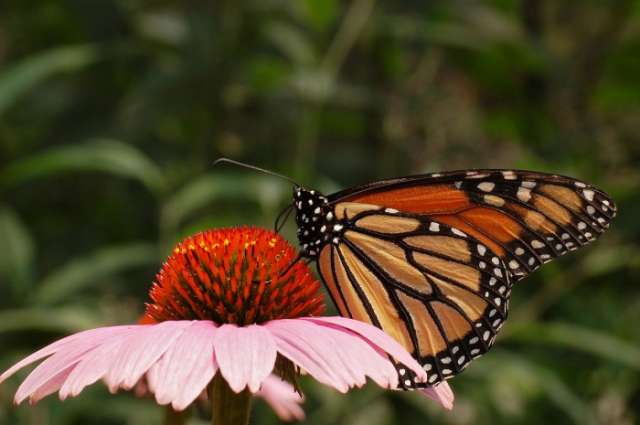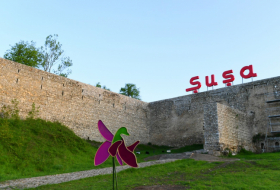In the fall of 2012, Paul K. Strother of Boston College, an expert in prehistoric pollen and spores, traveled to Germany to the lab of Bas van de Schootbrugge, a fellow microfossil paleontologist. There they dissolved cores dating to the late Triassic and early Jurassic periods by exposing the material to a nasty acid. The acid erased everything but fossilized organic material.
What grabbed Strother's attention were infinitesimally tiny scales. “It struck me that these looked like butterfly scales,” he recalled.
Butterfly and moth wings are covered in tiny scales that overlap like shingles on a roof. The scientists contacted experts studying modern insects, who deflated their hopes of identifying butterflies. The scales were described as “not diagnostic,” Strother said — meaning such parts did not belong only to a specific insect group. Some mosquitoes and flies have scales, too.
About a year later in Paris, Strother found himself seated at a dinner near a man named Torsten Wappler. The University of Bonn scientist, an expert in extinct insects, had just published an extensive phylogeny, or family tree, describing 479 million years of insect evolution. Strother, who kept images of the curious scales on his computer, whipped out the photos. Wappler examined them and told Strother that it would be possible to classify the insects. It would just take a lot of grunt work down the barrel of a microscope.
Van de Schootbrugge enlisted an undergraduate student named Timo J. B. van Eldijk for the task. “Timo is the guy that did all the work,” Strother said.
The acid reduced the rock cores to what van Eldijk called “black organic smudge.” Out of this smudge he had to isolate the scales, which to the naked eye look just like a pile of dust. He embedded the dust in a mixture of glycerol and water. Then, using a needle tipped with a human nose hair, van Eldijk managed to prod the scales into view beneath an electron microscope.
His investigation revealed that the scales were divided into two types. One set of scales was solid all the way through and compact as steamrolled almonds — “primitive,” van Eldijk called them. The other scales were hollow, which proved to be the critical discovery — “the real shocker,” he said.
Previous studies of insect phylogeny had shown the earliest moth and butterfly families with solid scales, van Eldijk said. They also had mandibles for chewing food. The insects that later split off the family tree developed hollow scales in their wings. And these younger moths and butterflies also grew proboscises: long sucking tubes for drinking plant nectar that curled like crazy straws beneath their heads.
In the textbook example of coevolution, butterflies developed proboscises in response to plants that developed flowers. The more intricate the flower's nectar spur, the more intricate the insect slurper became. Charles Darwin once received a box containing an orchid with an exceptionally long and slender spur. “Good Heavens, what insect can suck it,” he wrote in an 1862 letter to a friend. Four decades later, biologists in Madagascar discovered an African hawkmoth with a wiry proboscis more than 10 inches long.
But plants did not evolve flowers until 130 million years ago, according to the earliest fossil flowers. “There’s two possible scenarios if these [insects] really are pollinators” with proboscises, Strother said. Maybe there is a missing record of Triassic or early Jurassic flowers. Or maybe the proboscis came first — the scenario that the study authors hypothesize is more probable.
“During the Jurassic, the most dominant group of plants were the gymnosperms, like your classic pine tree,” van Eldijk said. Conifer cones have indentations to catch male pollen. Insects might have drunk this pollen, if they had tubular mouths.
The new research, published in Science Advances, also reveals that moths and butterflies are survivors. At the end of the Triassic period, 201 million years ago, the world was going through an upheaval. Many marine species and some land animals went extinct. Some scientists suggest that intense volcanic activity wracked the planet, altering its climate. But moth and butterfly scales are present in the rock cores on both sides of the extinction divide.
“If anything, these butterflies probably profited” from the ecological niches left open by vanished species, van Eldijk said. “If we are to understand how this dramatic climate change, how this mass extinction, might affect insects right now, look to the past.”
More about: #Butterflies
















































